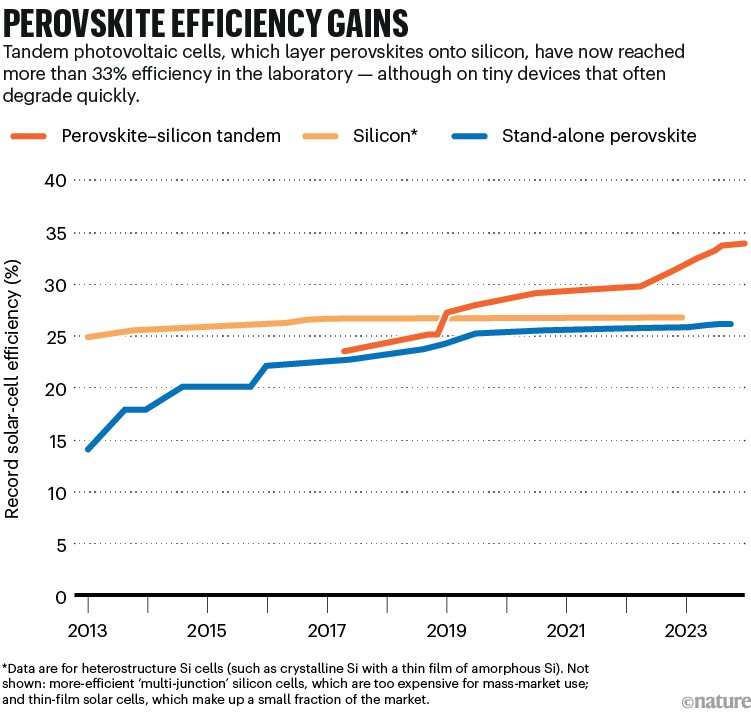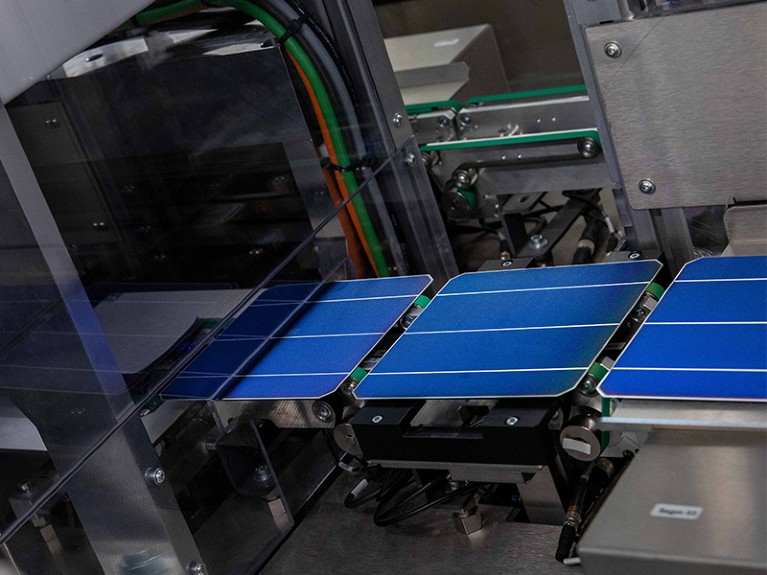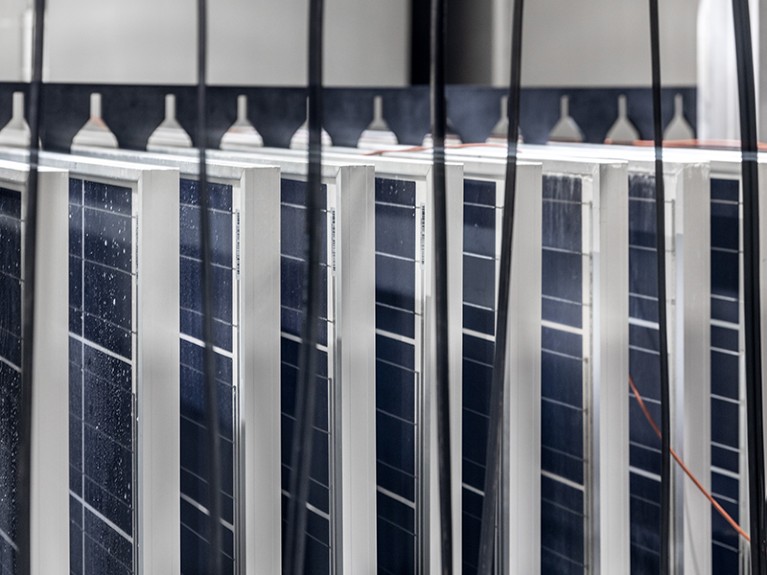
One of nature’s most common organic materials—lignin—can be used to create stable and environmentally friendly organic solar cells. Researchers at Linköping University and the Royal Institute of Technology (KTH) have now shown that untreated kraft lignin can be used to make solar cells even more environmentally friendly and reliable. The study has been published in the journal Advanced Materials.
Sunlight currently seems to be one of the main sustainable energy sources. Traditional solar cells made from silicon are efficient but have an energy-demanding and complicated manufacturing process that may lead to hazardous chemical spills. Organic solar cells have therefore become a hot research area thanks to their low production cost, light weight and flexibility, and hence have many applications, such as indoor use or attached to clothing to power personal electronic devices.
But one problem is that organic solar cells are made of plastic, or polymers derived from oil. So, although organic, they are not as environmentally friendly as they could be.
Researchers at Linköping University and KTH have now developed an organic solar cell where part of the electron transport layer connected to the cathode in the solar cell is made of what is known as kraft lignin, sourced directly from wood pulp. Although only a small part of the solar cell is currently made of lignin, the long-term goal is to build a solar cell almost entirely made from wood materials.
“We want to build efficient, reliable, cheap and environmentally friendly solar cells. This study enables us to show that this is possible and a first step towards replacing today’s oil-based materials with wood-based alternatives,” says Mats Fahlman, professor at the Laboratory of Organic Electronics (LOE) at Linköping University.
In previous studies, chemically modified wood-based materials have been used to increase reliability, or stability, in both organic solar cells and solar cells made from the crystalline material perovskite. In their recently published study, the Linköping researchers used a “raw” version of lignin, called kraft lignin, directly extracted from the wood in the paper manufacturing process. Together with KTH, they analyzed which molecular composition of lignin is best suited for the purpose.
“We have created a material, or composite, from kraft lignin which is to constitute the cathode interface layer. It turned out that this made the solar cell more stable. The advantage of kraft lignin is that it has the ability to create many hydrogen bonds, which helps to stabilize the solar cell,” says Qilun Zhang, principal research engineer at LOE.
Organic solar cells are already in use, mainly for indoor applications. They can also replace batteries in sensors and similar low-energy devices. According to Fahlman, this is the first step into the market for organic solar cells. This technology can then be scaled up for larger applications such as pure energy supply. And building them from wood materials would make the entire solar cell more environmentally friendly.
“Organic solar cells will never be the most efficient. But their advantage is that they are non-toxic, sustainable and cheap. If they have a 15%–20% efficiency, that is more than enough for most applications,” says Fahlman.











